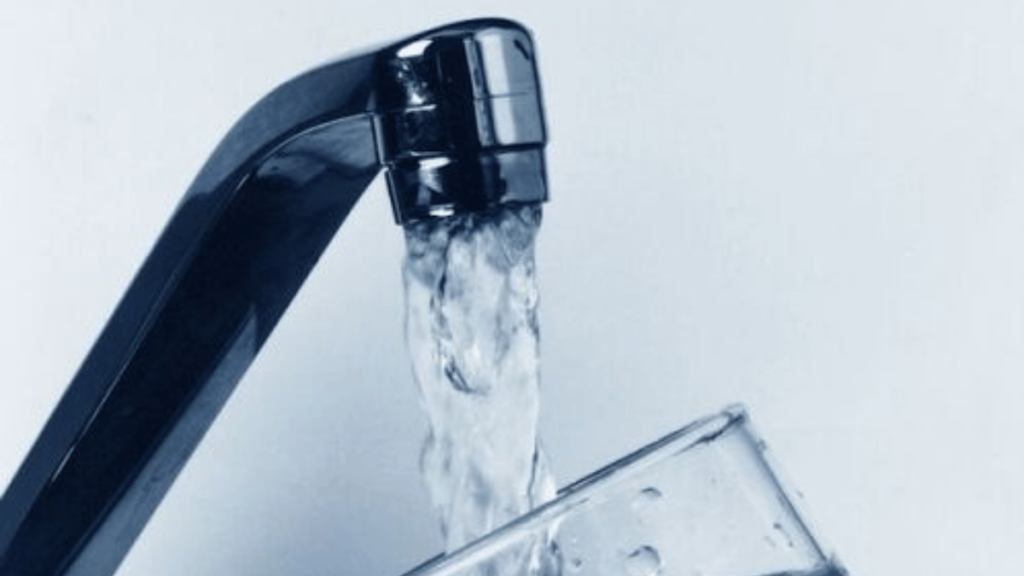The U.S. Environmental Protection Agency has set maximum levels for “forever chemicals” in drinking water.
The EPA’s goal for public exposure to PFAS from drinking water is zero, although it will not be enforceable.
Rather, the agency wants to limit such chemicals to between 4 to 10 parts per trillion, depending on what category they belong to.
In contrast, the EPA’s 2016 guidance allowed PFAS exposure as high as 70 parts per trillion.
The EPA developed the standards based on 120,000 comments it received. The Infrastructure Investment and Jobs Act of 2021 committed $9 billion toward reducing PFAS contamination in drinking water systems.
Last year, the U.S. Geological Survey found PFAS levels above the proposed EPA standards in 19 of the state’s water systems.
Exposure to PFAS is known to cause cancer and other illnesses, and complications during pregnancy.




















 Jasonanaggie/Wikimedia Commons
Jasonanaggie/Wikimedia Commons